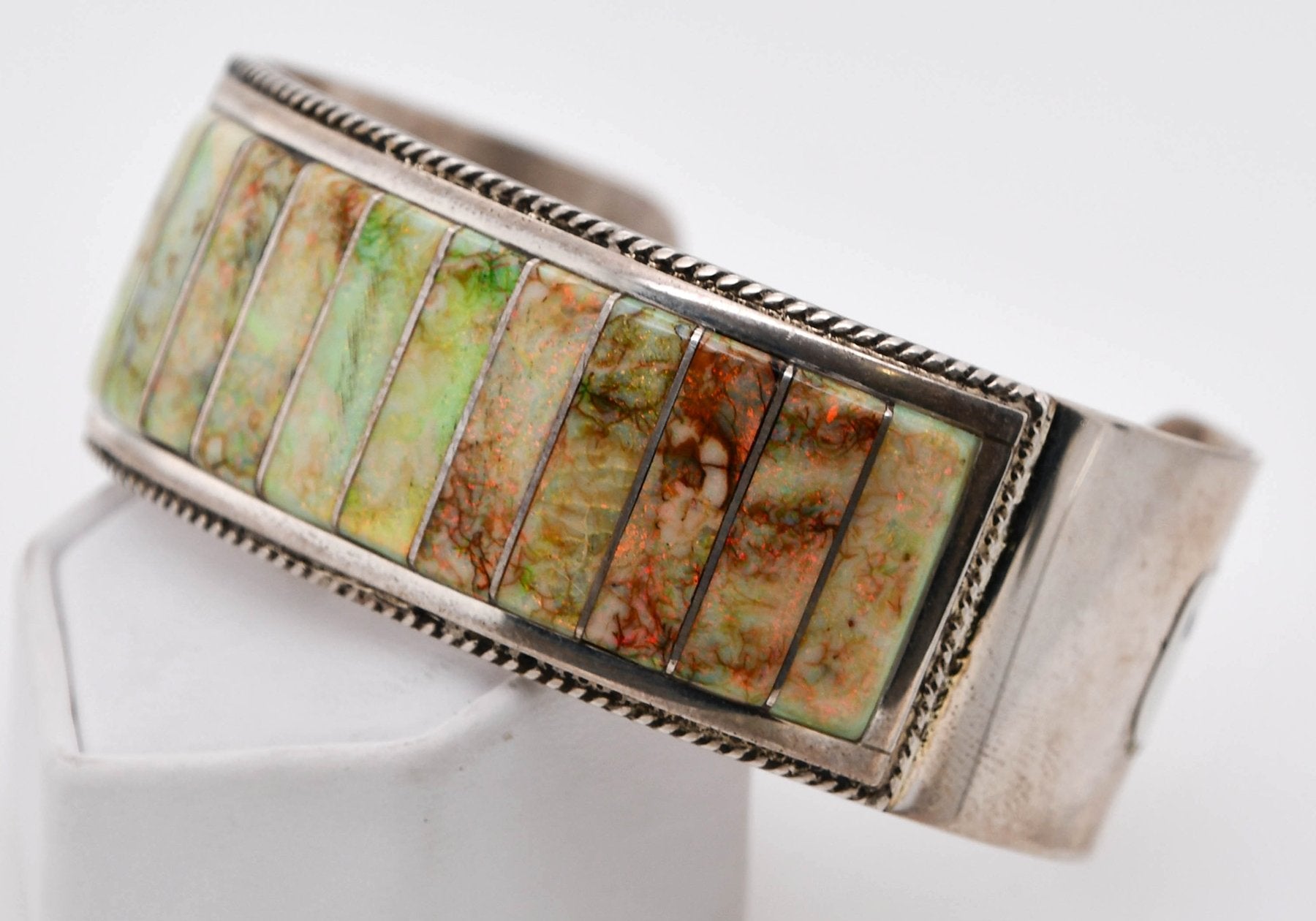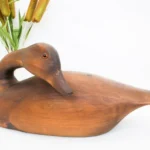
Open Daily 10am - 5pm
12,000sq.ft. of amazing items!
Free and easy parking!

To the uninitiated, the terms “Native American” and “Navajo” are almost synonymous when it comes to identifying early North American arts and crafts. In fact, there are many tribes that made such artifacts throughout the U.S.
More than 100 federally recognized tribes are in California alone, several of which have roots in the desert region. There’s good reason why Edward Curtis’ seminal work “The North American Indian” ran to 24 volumes. Nonetheless, the Navajo were (and remain) extraordinary in their range and quality of workmanship.
With Native American history going back thousands of years, related cultural objects go back just as far. While some tribes learned their skills from others nearby, certain crafts grew organically with artisans using objects at hand. Even the Spanish were influential in tribal crafts, steering their metalwork away from iron and toward silver as a preferred raw material. Recognizing the possibilities in silver, Navajo craftsmen and women melted down Spanish silver coins and began making ornamental silver buttons known as “conchos.” This practice grew in popularity following the Civil War and the use of silver was subsequently expanded.
The Navajos also made their mark in turquoise jewelry set in silver. Such designs as squash blossom necklaces and inlaid rings and bracelets are touchstones of Navajo craftsmanship. Pricing runs the gamut, depending on age, rarity, condition and quality of workmanship. Simple rings and bracelets can be had for under $100. Squash blossom necklaces start at about $600 and go up from there.
Basket weaving was another Navajo specialty and likely one of the oldest of all tribal crafts. Its origin dates back to the earliest settlements and appears to have grown out of simple need without the influence of other cultures. A classic design is the wedding basket, made with a horizontal snake-like weave and featuring repeating geometric patterns such as triangles and squares. Basket weaving remains a cornerstone of Navajo culture with contemporary weavers employing more colors, complexity and shapes.
Blankets and rugs represent further products of Navajo craftsmanship. The former were made strictly for tribal use until 19th century traders began seeking them out. These same jobbers pushed for blankets made from wool rather than cotton, and thus warmer and better-wearing wool blankets became the standard by century’s end. The same geometric patterns and colors used in Navajo baskets became de-facto trademarks of Navajo textiles and were embraced by European buyers.
The quality “tells” for baskets and blankets are subtler than jewelry, but modest versions of both can be purchased for under $1,000. As for the high end, the sky is the limit.
Determining tribal origin of Native American artifacts is a special expertise. Weave and pattern vary from tribe to tribe, and environmental requirements often determined the style of basket most often made. For example, berry gathering baskets were more common in the Pacific Northwest while water-tight pottery was more common in arid climates where moisture was scare.
If you’re interested in starting a collection, deal with a reputable seller and authenticate your pieces as best you can. The Indian Arts and Crafts Act, which prohibits the misrepresentation of counterfeit Native American goods, aims to protect the economic welfare of indigenous artists.
Pottery was still another Navajo specialty and especially distinctive from clayware made by other tribes. Navajo potters coated their pieces in natural pitch before allowing them to cool, leaving behind a distinctive low-gloss finish and odor. Such a finish aided in waterproofing and served to highlight the ornamental designs within the clay. Although this category declined as factory-manufactured pottery gained currency in the late 19th century, it remains an active craft to this day.
In addition to geometric designs, animal symbolism is an equally important element to Navajo workmanship and often found in native crafts. Bears are thought to symbolize strength and bravery, eagles represent power and success, and bison connote abundance and prosperity.
If early America is your interest, there are few things more American than Navajo arts and crafts.





We’ll email you about the latest events, sales, and general store updates.

Our antique gallery is located just south of downtown Palm Springs, with free parking and air conditioning throughout.
Open Daily: 10am – 5pm
505 E Industrial Pl.
Palm Springs, CA 92264
© Copyright Antique Galleries of Palm Springs 2024